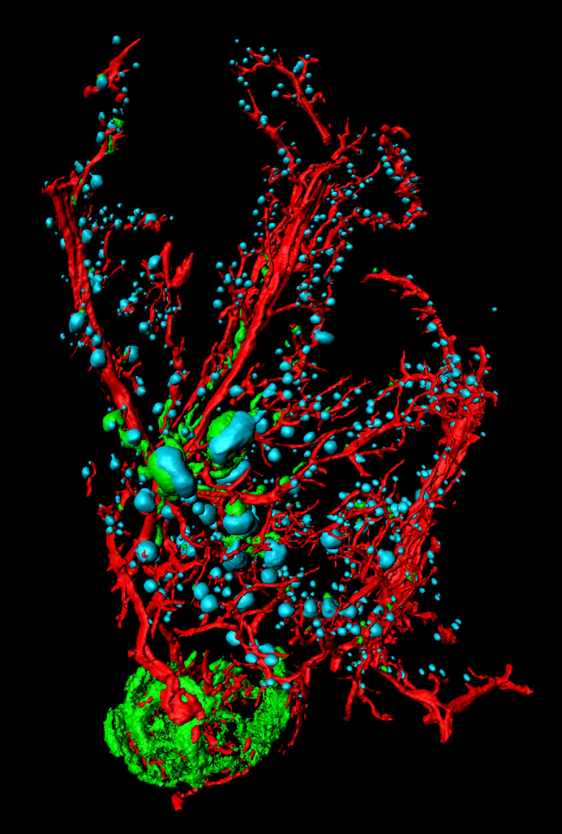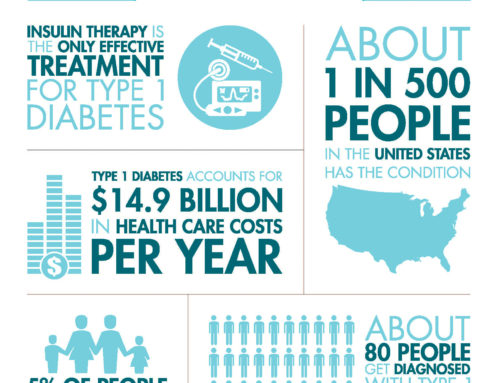In order to better understand diabetes, and to be able to come up with a possible cure, researchers are looking into ways of understanding how the condition progresses. Then and only then, will they be able to delve deeper into ways of tackling diabetes. That is why any technology or research, however minor it may seem at the time, can contribute immensely to the complete eradication of diabetes in the long run.
Researchers at the Umea University in Sweden have come up with a revolutionary new method of diabetes imagery. To be able to see each insulin producing cell separately, can prove to be invaluable for researchers trying to find new ways to tackle the condition. Earlier Biomedical imaging had already been used on samples of tissues, but Professor Ulf Ahlgren and his team managed to adapt it in a way where entire organs could be studied. Introduction of infrared light in his research allowed the team to penetrate tissues and organs, something that had never been done before. Now that a broader range of light waves could be used, various cells within an organ could be studied as well as blood vessels. The findings of the team were in video format, something that is rare in bio-medical imagery.
In simple terms, there was no possible way to actually be able to see the cells within the pancreas that produced insulin, along with the autoimmune cells that were responsible for destroying the active insulin producers. The team’s new method will allow researchers to see these cells as well as blood vessels and possibly cells in other organs within a human body. To actually be able to see how the insulin producing cells are functioning within the body of a diabetic could prove invaluable in research.
There are certain advantages of technology such as this. For one research can be carried out on entire organs without actually removing tissue samples, which definitely a less invasive way that could eventually be used in hospitals everywhere. Secondly, as the imagery allows studying various types of cells separately, it may lead diabetes researchers to newer unexplored avenues that they had not thought to pursue earlier.
Just head on to Umea University’s page to read more about this.







Leave A Comment